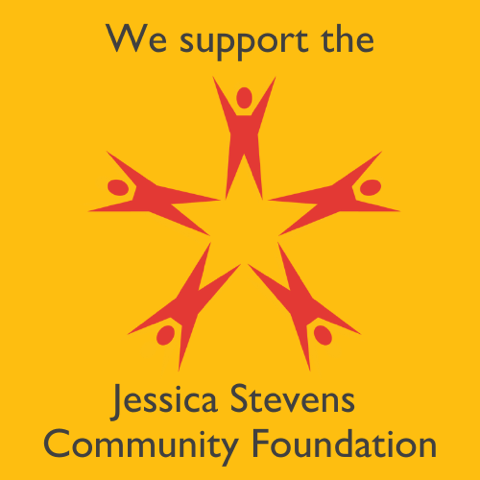There is no one “right” way to practice. Different styles of yoga may emphasize certain aspects of practice – asana, meditation, chanting, etc – but one is not better than the other. As you hopefully know by now, yoga is not an accomplishment, or something to use to judge yourself or others. Yoga is the act of stabilizing the mind and dissolving our sense of separateness. It gives us the ability to move, think and feel from a place of awareness.
The second book in Patanjali’s Yoga Sutras gives suggestions on how to practice. The first concept introduced in it is Kriya Yoga or the yoga of action. It incorporates three of the niyamas (the personal practices and the second limb of yoga). They are tapas, svadyaya, and isvara pranidhana. If you read the sutras, you’ll find these words have a variety of english translations. Now, I’m no sanskrit scholar (although I have a friend who is!) but I find that using the sanskrit word rather than the english can free me from my personal and cultural biases about certain words.
Take tapas for example. It is translated as discipline, heat, intensity, desire, austerity, or fiery passion. Tapas is an inner fire, not the heat that comes from sweating profusely or being in a warm room. My favorite definition for it is discipline that comes from the desire to achieve the fruits of yoga. Discipline is one of those words that can be charged for some people. So that’s why I think it’s important to contemplate the underlying meaning and work with them within your best understanding. It’s also helpful to realize that your comprehension will grow and change with practice and time. Which brings in the second concept – svadyaya.
Svadyaya translates as study, self study, or study of the ancient texts. I include study of (or with) learned teachers. The idea behind svadyaya in yoga is to really observe how you feel, think and respond in your yoga practice. It’s useful to read and learn from others but ultimately you are your best authority on what works or doesn’t work for you. When employing svadyaya a question to ask might be “is this bringing me closer to the state of yoga?”.
Isvara pranidhana is often translated as surrender to God (or a higher power). This was definitely the most challenging niyama definition for me. Over time, I have been able to craft a meaning that fits for me. Dedication from a place of fullness and humility is what I’ve come up with. I like to joke with my students that I don’t care what they believe in (or not) as long as they realize there is something bigger than themselves out there!
These are not rules. Think of them as suggestions, tools, or guideposts to use along the path. My advice is to try one out and see if it fits. Don’t throw it away at first glance. If something doesn’t feel right you can set it aside and try something else. Who knows, with some discipline, self study and dedication, you might notice changes that makes you want to try those things you set aside again.

